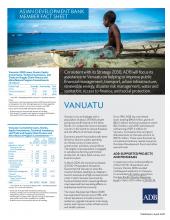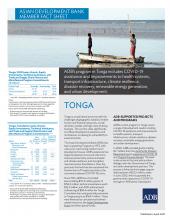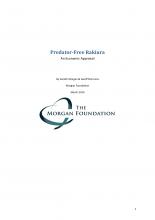Impacts of aerial 1080 possum control operations on North Island robins and moreporks in Pureora 1997 and 1998

BRB
Available Online
Knegtmans, Jaap W.
,
Powlesland, Ralph G.
,
Styche, Andrew
1999
This is the final report describing the results from the second and third years of a three-year programme to determine the costs and benefits of aerial 1080 possum control operations to North Island robins (Petroica australis longipes) and moreporks (Ninox novaeseelandiae) in Pureora Forest Park, North Island, New Zealand. During this study robins were individually colour-banded, and moreporks radio-tagged in both treatment and non-treatment study areas. A poison operation using carrot baits in August 1997 covered 8577 ha and incorporated the 300 ha Waimanoa study area. A poison operation using cereal baits in August 1998 covered just the 200 ha Long Ridge study area. After the 1997 operation, very few possums remained alive and rat foot-print tracking indices remained very low during the robin nesting season (September 1997 February 1998). Similarly, possum and rat population indices were much reduced after the 1998 operation, but rats and possums were found in a small portion of the study area, presumably because it did not receive baits. Following both the 1997 and 1998 poison operations, there was no significant difference in the proportion of banded robins that disappeared from the non-treatment and treatment study areas. During the 1997/98 nesting season, the nesting success of robins was significantly better in the treatment area than in the non-treatment area. One year after the poison operation (spring 1998), the robin population in the treatment area had increased by 37% on the number present just prior to the poison operation, compared with 16.3% in the non-treatment area. No radio-tagged moreporks were available in the treatment area during the 1997 poison operation, and all three radio-tagged in each of treatment and non-treatment areas were still alive two months after the poison operation in 1998.





